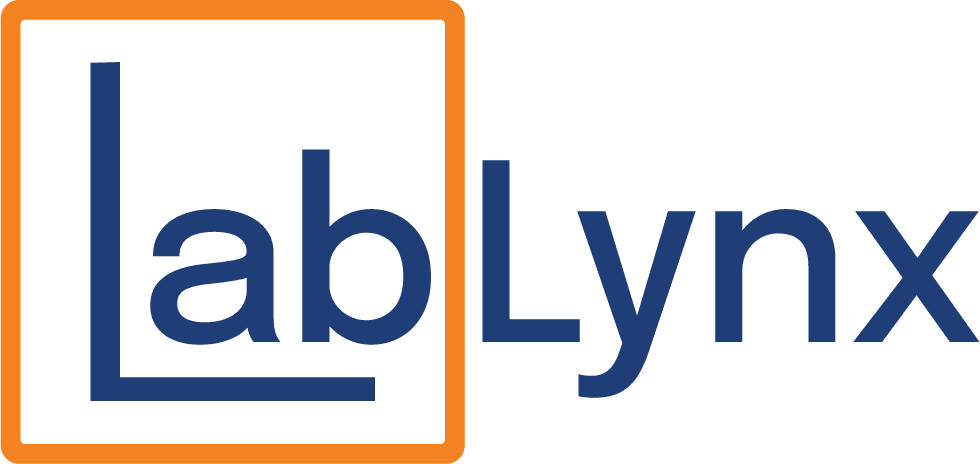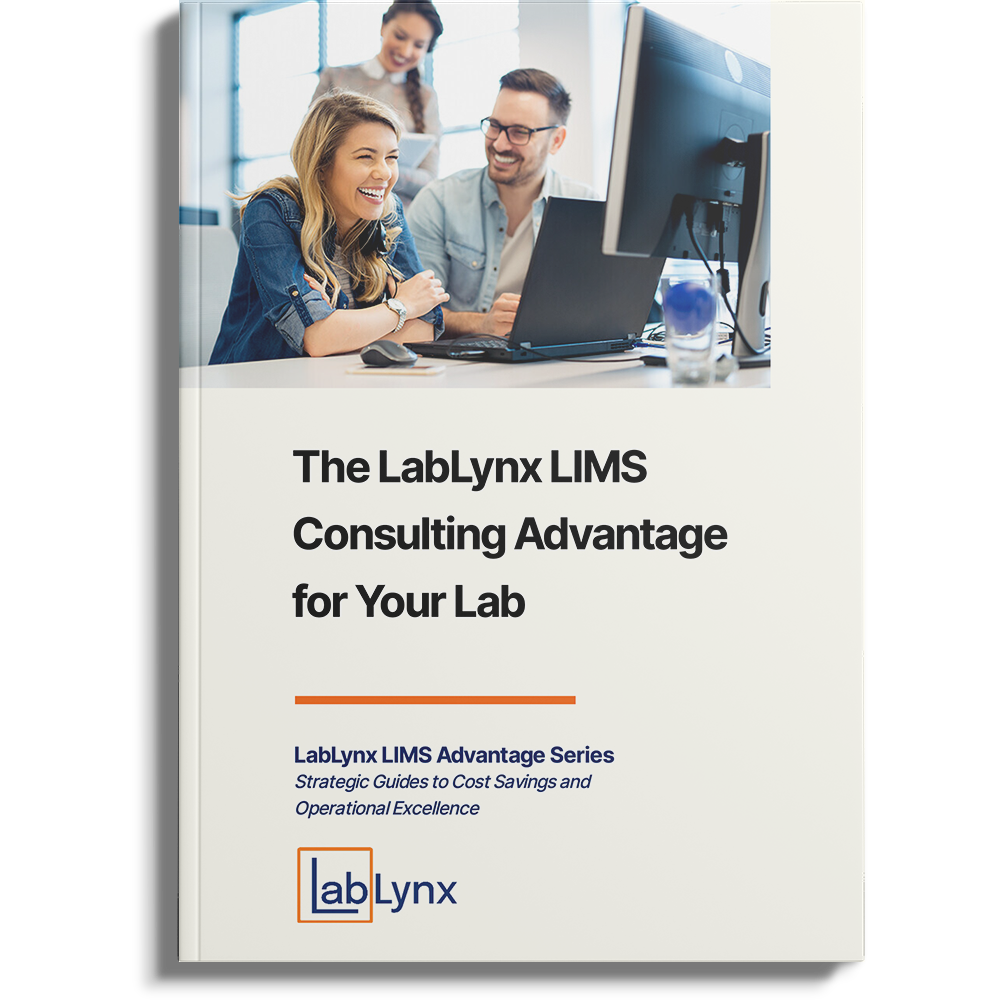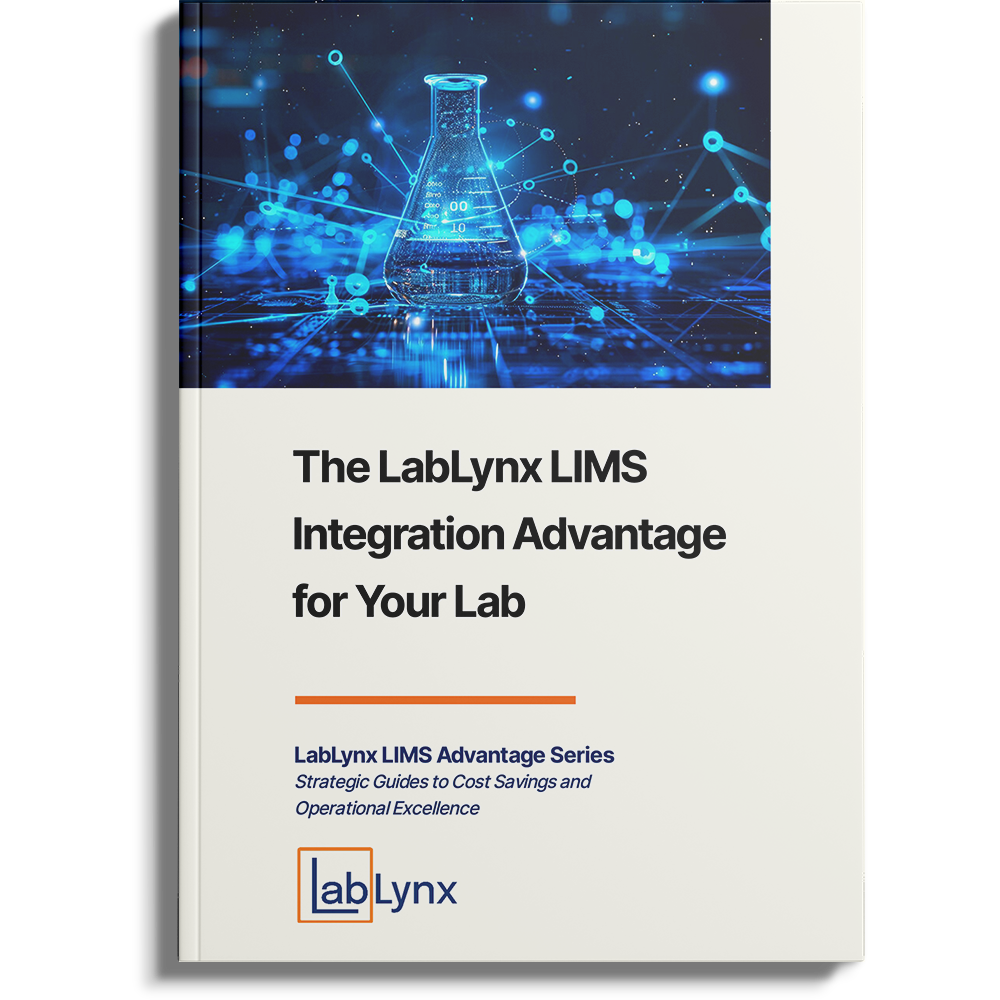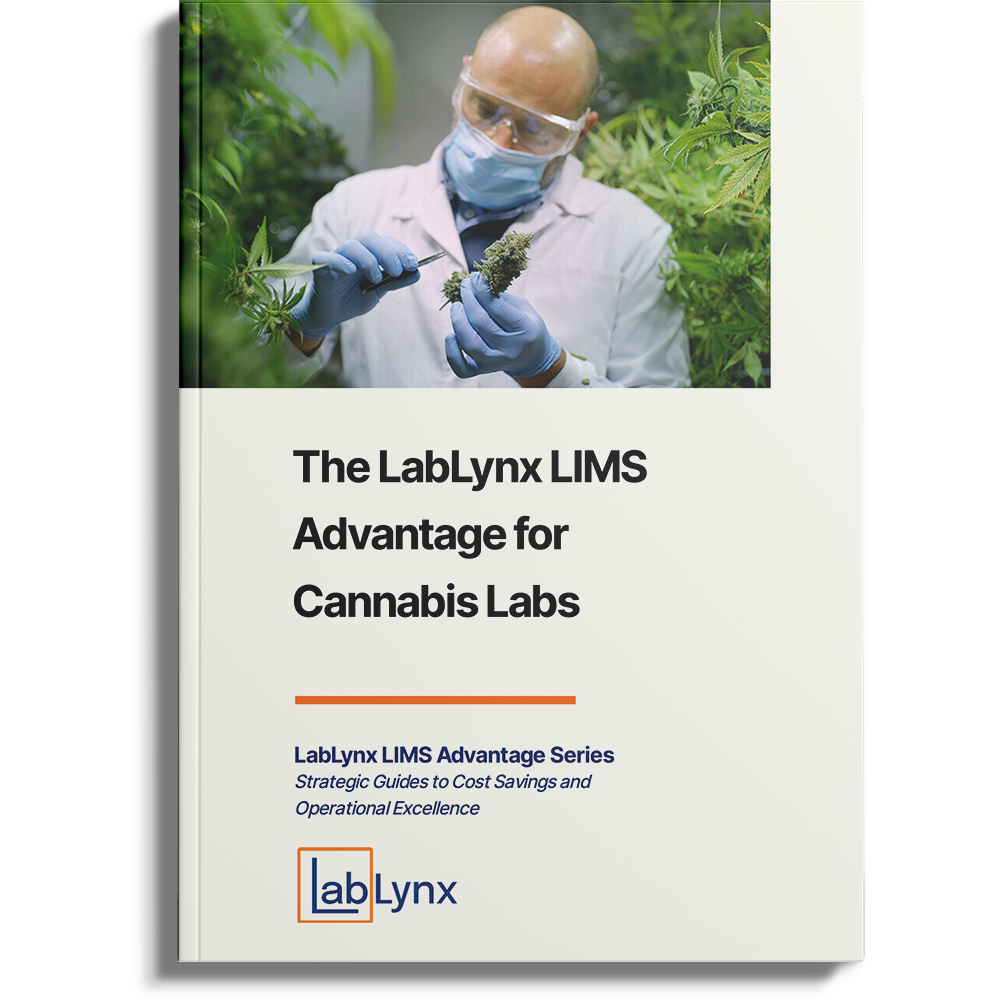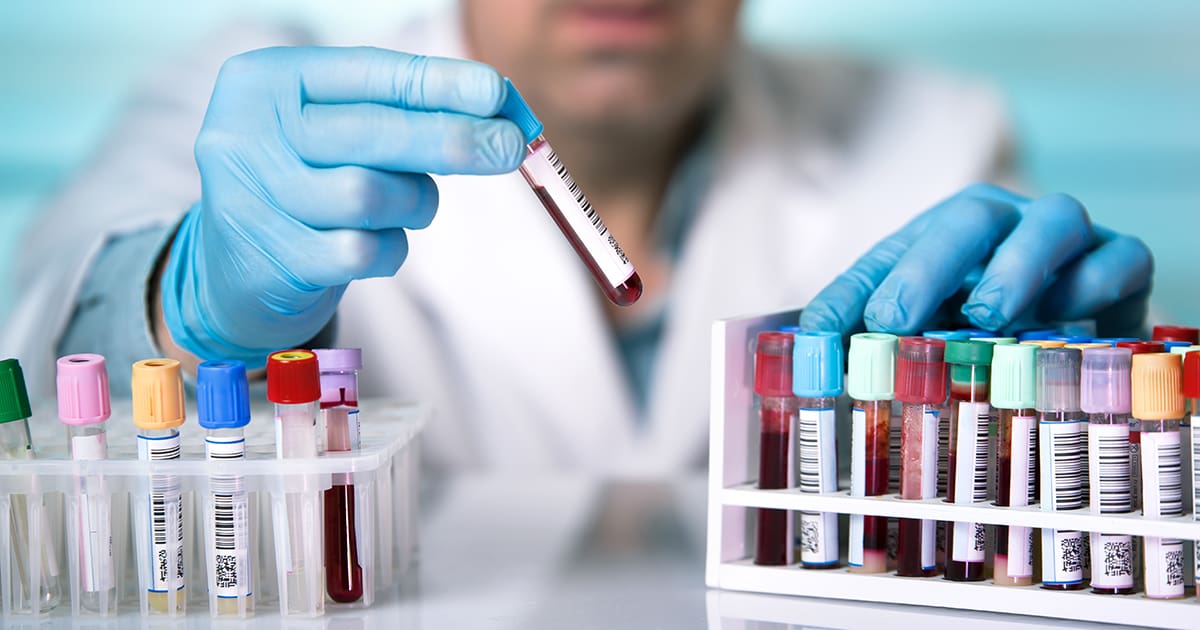
The clinical laboratory services market is undergoing rapid transformation, driven by increasing demand for diagnostics, advancements in laboratory technology, and shifts in healthcare delivery models. With the industry projected to reach $317.14 billion by 2034, laboratories must adapt to growing workloads, stringent compliance requirements, and the rising need for automation and efficiency.
This article explores the key factors fueling market expansion, the challenges labs face, and how LabLynx’s solutions can help laboratories optimize their operations in this evolving landscape.
The Clinical Laboratory Services Market: A Billion-Dollar Industry on the Rise
According to BioSpace, the clinical laboratory services market is projected to grow at a CAGR of 5.6% from 2025 to 2034. This growth is largely attributed to:
- The increasing prevalence of chronic diseases (cardiovascular disease, diabetes, cancer)
- The rise of infectious diseases (including flu variants, COVID-19, and emerging pathogens)
- Advancements in laboratory automation (AI-powered diagnostics, robotics, and digital pathology)
- Expanding precision medicine applications (genetic testing and molecular diagnostics)
- An aging global population (requiring more frequent health monitoring and lab tests)
Market Breakdown: North America Leads the Way
North America is expected to maintain its dominant position in the clinical laboratory market due to:
- A well-established healthcare system that prioritizes early disease detection
- Increased R&D funding for new diagnostic techniques
- Strong adoption of automation and AI-driven lab technologies
- Growing demand for direct-to-consumer (DTC) lab testing services
Meanwhile, Asia-Pacific is emerging as a high-growth market, with increasing investments in healthcare infrastructure and lab automation.
Key Growth Drivers in Clinical Laboratory Services
1. Increasing Demand for Diagnostic Testing
Diagnostic testing is the backbone of modern healthcare, with approximately 70% of medical decisions based on laboratory results, according to the CDC.
As chronic diseases become more prevalent, the demand for biochemical, microbiology, hematology, pathology, and genetic tests is skyrocketing. Emerging areas such as companion diagnostics, liquid biopsy, and pharmacogenomics are also driving lab test volumes higher.
What this means for labs:
- Higher sample volumes require faster turnaround times
- Labs must enhance workflow efficiency to keep up with growing test orders
- Automation is key to managing high-throughput testing
2. The Rise of Personalized & Precision Medicine
Gone are the days of one-size-fits-all medicine. The field of precision medicine is rapidly evolving, using genomics, proteomics, and molecular diagnostics to tailor treatments to individual patients.
- Next-generation sequencing (NGS) is revolutionizing cancer detection and rare disease diagnosis
- Biomarker-driven treatments are gaining traction in oncology, cardiology, and neurology
- Liquid biopsies are offering non-invasive alternatives for detecting disease
What this means for labs:
- The need for LIMS systems that support complex, multi-step molecular testing workflows
- Data integrity and compliance with FDA and HIPAA regulations for patient privacy
3. AI, Automation, and Robotics in Laboratory Services
Artificial intelligence and automation are no longer futuristic concepts—they are essential for modern labs. According to Clinical Lab Products, laboratory automation will be one of the most dominant trends in 2025.
- Automated sample handling and robotic processing improve speed and reduce human error
- AI-powered image analysis and pathology screening enhance diagnostic accuracy
- Cloud-based LIMS and ELN solutions provide real-time data access and security
What this means for labs:
- Labs must modernize to remain competitive
- AI-powered workflow management systems optimize lab efficiency
- The need for seamless LIMS integration with diagnostic instruments is greater than ever
4. The Rise of Telehealth and Remote Diagnostics
With the rapid expansion of telemedicine, the demand for at-home sample collection kits and remote diagnostic services is growing. Direct-to-consumer lab testing (DTC) allows patients to order tests online, collect samples at home, and receive results digitally—a model expected to continue expanding.
Major players in healthcare are investing heavily in this space:
- Labcorp and Quest Diagnostics offer at-home sample collection kits
- Walgreens, CVS, and Amazon are integrating at-home diagnostics into their services
- The global DTC lab testing market is projected to surpass $7 billion by 2030
What this means for labs:
- Increased demand for scalable lab management software
- The need for patient-friendly online portals for test tracking and result reporting
5. Regulatory Challenges and Compliance Pressures
With growth comes increased regulatory scrutiny. Laboratories must comply with CAP, CLIA, FDA, and HIPAA standards to ensure quality and data security.
Regulatory agencies are also enforcing more stringent cybersecurity protocols, requiring labs to implement stronger data encryption and access control measures.
What this means for labs:
- Investing in LIMS platforms that streamline regulatory compliance tracking
- Prioritizing data security to protect patient privacy
How LabLynx Supports the Future of Clinical Laboratory Services
As laboratory demands grow, manual workflows are no longer sustainable. Labs must embrace scalable, integrated, and compliant solutions to stay competitive.
LabLynx LIMS: The Future of Lab Efficiency
LabLynx offers a comprehensive suite of LIMS solutions designed to help clinical labs:
- Improve workflow automation to process high-throughput testing
- Ensure regulatory compliance with CLIA, CAP, HIPAA, and FDA standards
- Integrate with diagnostic instruments for real-time data capture
- Enhance data security through cloud-based access control and encryption
- Provide seamless connectivity with EHR systems and telehealth platforms
With the clinical laboratory market poised for exponential growth, investing in the right technology today will ensure success tomorrow.
Final Thoughts: The Road Ahead for Clinical Laboratories
Over the next decade, clinical labs will be at the forefront of medical innovation. As test volumes grow and patient expectations shift toward faster, more personalized diagnostics, laboratories must prioritize efficiency, automation, and compliance.
Key Takeaways:
- The clinical laboratory services market is projected to exceed $317 billion by 2034
- Automation, AI, and robotics will dominate laboratory workflows
- The rise of direct-to-consumer (DTC) testing and telehealth is reshaping lab operations
- Regulatory compliance and cybersecurity remain critical priorities
- LIMS adoption is essential for handling increased testing volumes and operational complexity
As the laboratory industry evolves, LabLynx is here to help laboratories future-proof their operations.
Want to see how LabLynx can transform your lab? Schedule a Demo Today!
